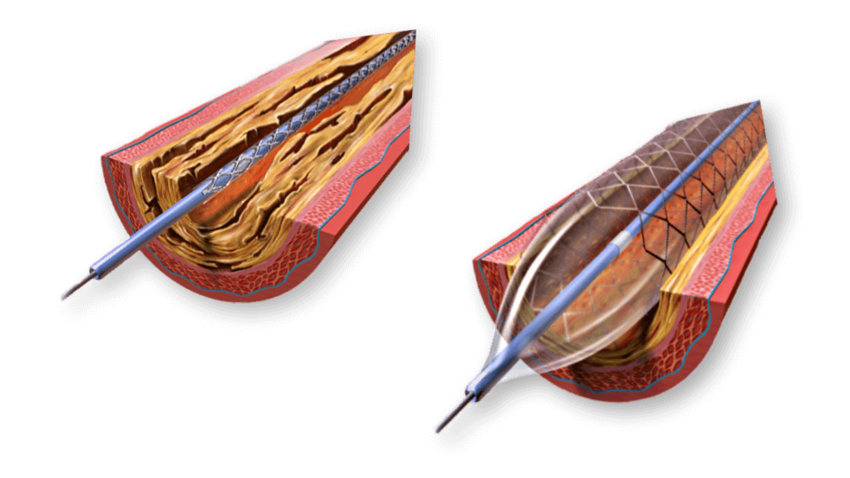Peripheral arterial disease
Narrowing or blockages in the arteries in the legs occur in peripheral arterial disease.
Claudication
Peripheral artery disease most commonly presents as cramping in the calves after a period of walking, with this symptom being called claudication. This pain disappears after a short rest, only to return after a period of walking.
Critical Limb Ischaemia (CLI)
In a small percentage of cases, peripheral vascular disease can lead to severe problems with the circulation in the legs, called Critical Limb Ischaemia (CLI). People who develop CLI have constant pain at rest, and may have skin breakdown and ulcers. This is a serious condition, and there is a significant risk of amputation being required. People who have diabetes are at greater risk of developing CLI.

Treatment Of Peripheral Vascular Disease
The treatment of peripheral vascular disease involves the modification of risk factors (smoking, high blood pressure, high cholesterol), the use of antiplatelet medications (Aspirin and Clopidogrel), and exercise programmes.
In more severe cases, angioplasty or open bypass surgery may be required.

